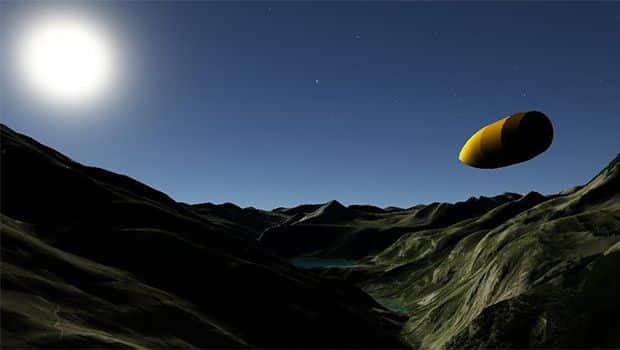In Bullet Trajectory, I mentioned how light can act as a variable that affects point of impact. Light doesn’t directly affect bullet trajectory, but it changes the way you see the target through the telescopic sight. Essentially, you perceive the target in a different way, e.g., larger or smaller, and/or in a different place, depending on the sun’s position and light intensity. This leads to aiming errors. Every precision shooter faces these errors, but not all may have realized the underlying cause.
Although the cause of phenomenon is a subject of debate (just troll through a forum on the subject; you’ll find it), some attribute it to the light phenomena of refraction and diffraction. Unfortunately, there’s not a codified compensation method or a “rule of thumb” to deal with light. In many a text, you’ll find only a short paragraph regarding light effects on long range shooting, stating that the only way to manage it is to keep a logbook with annotation of the light conditions for every shot you take and use it to develop your own methods.
I’ve done that and compared my results with other shooters. What I’ve learned up to this point, confirmed by other shooters, is that light affects point of aim both on vertical and horizontal planes in this way:
On the vertical plane, light intensity can lead to aiming error. When shooting with low intensity of light, compared to the light intensity while zeroing the rifle, the shot goes high. On the contrary, when shooting with greater intensity of light, compared to the light during rifle zeroing, the shot flies low. I generally use an adjustment of 0.1MIL just at 100m, and 0.2 or 0.3 MIL over 600m. Translating those distances to yards and inches, that is about ½ inch at 100yds and about 7in at 600yds.
On the horizontal plane, changes in light direction can lead to aiming error. Basically, there is a sort of illusion effect associated with from which direction the light is travelling. If the light comes from the shooter’s right, the shot lands left, and vice versa. I’ve not been able to quantify the exact amount of horizontal error because I always shoot in windy conditions. It’s virtually impossible to tell wind defection errors from light angle errors. I usually adjust about one click, or 0.1MIL, to the opposite direction of the light.
Another optical phenomenon, related to light, that can lead to aiming errors is mirage. Mirage is the distortion of a distant image caused by the waves of hot air rising from the ground heated by the sun (hot air always moves upwards). This effect is also called heat haze or highway mirage. In fact, you can observe this phenomenon with the naked eye during a summer drive down the highway. In the distance, the road appears flooded, and the background beyond blurs. You may also notice that the road seems to veer uphill, even though you’re driving down a perfectly horizontal stretch. This is because the rising air waves tend to deflect the light, and thus the image of distant objects, in the same direction.
The same thing happens to the image of the target when you are shooting through a mirage. On hot days, you will have to deal with this effect. Not only will it blur the image you see through the scope, which forces you to lower the magnification, it alters the target image, moving it upward, throwing off your aim. Another issue with the mirage effect is that, airwaves don’t always rise straight upward. Sometimes, they’re also “bent” by the wind. In that case, the image of the target will not only migrate upward, but also in the direction the wind is blowing.
The amount of error due to mirage depends on how strong the mirage is, and on the wind speed. It is generally between ¼ inch and 1 ½in at 100m, and 2 ½in and 15in at 1000yds.
This effect of wind on mirage is also valuable tool to estimate the direction and the intensity of the wind. In a future post, I’ll talk about how we can use this to our advantage. But, for my next article in this series, I’ll focus on the aiming errors that arise from shooting with a canted rifle.


